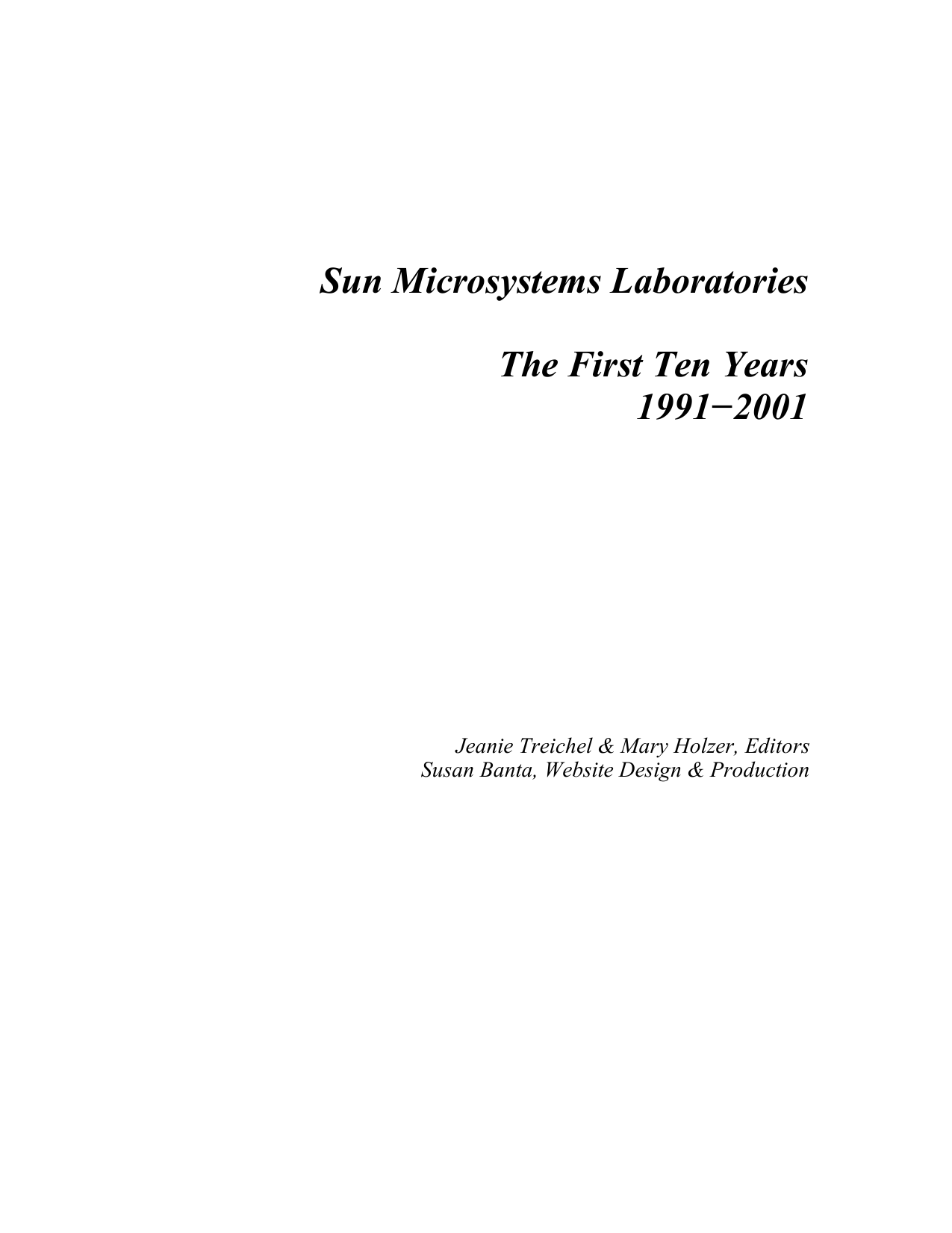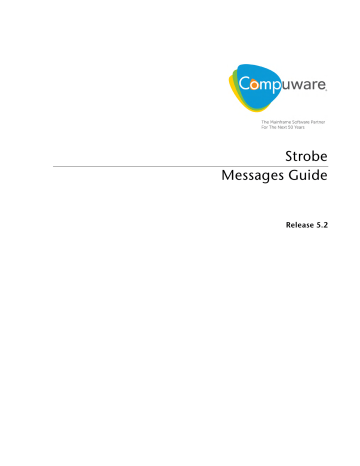

Check the list of TC39 proposals if you are interested in checking what future JavaScript features will be.Python has turned the 3rd most in-demand programming language sought after by employers. Only until December of 2019, the implementation of a nullish coalescing operator was proposed and published the following year. TC39 proposes new implementations to the language. TC39 is the technical committee of the ECMA in charge of maintaining and evolving the definition of JavaScript. JavaScript is an implementation of those ECMA standards. This was done with the purpose to support interoperability of web pages across different web browsers. ECMAScript is a general-purpopse scripting language that defines the standards for languages such as JavaScript.

JavaScript constantly evolves and it is defined by a set of standards defined by ECMA. However, this operator was not always in JavaScript.

#PROGRAMERS GREEK QUESTION MARK CODE#
Remenber, TypeScript compiles code into JavaScript. In fact, this operator was introduced in TypeScript in version 3.7. TypeScript didn’t always support the nullish coalescing operator. The nullish coalescing operator came up as a solution for many JavaScript and TypeScript developers to prevent unwanted behavior when using the logical OR and not having a clear understanding of all the falsy values in JavaScript. examples using the nullish coalescing operatorĬonsole.log(0 ? 'default') // it will log: 0Ĭonsole.log(5 ? 'default') // it will log: 5Ĭonsole.log(-0 ? 'default') // it will log: -0Ĭonsole.log(-3 ? 'default') // it will log: -3Ĭonsole.log(false ? 'default') // it will log: falseĬonsole.log(true ? 'default') // it will log: trueĬonsole.log(null ? 'default') // it will log: defaultĬonsole.log(undefined ? 'default') // it will log: default The following example should provide more clarity between the differences of the two operators: // examples using the logical OR operatorĬonsole.log(0 || 'default') // it will log: defaultĬonsole.log(5 || 'default') // it will log: 5Ĭonsole.log(-0 || 'default') // it will log: defaultĬonsole.log(-3 || 'default') // it will log: -3Ĭonsole.log(false || 'default') // it will log: defaultĬonsole.log(true || 'default') // it will log: trueĬonsole.log(null || 'default') // it will log: defaultĬonsole.log(undefined || 'default') // it will log: default This is slightly different from the nullish coalescing operator as the later will use the default value whenever the initial expression is null or undefined. console.log(Boolean(false)) // it will log: falseĬonsole.log(Boolean(0)) // it will log: falseĬonsole.log(Boolean(null)) // it will log: falseĬonsole.log(Boolean(undefined)) // it will log: false If you attempt to convert all of these values to a boolean, you will always get a false. If you are looking to check the complete list of falsy values, I recommend checking this falsy article. Some of the common falsy values in JavaScript are: A value is considered falsy because when attempted to convert the value into a boolean, the result will be false. The logical OR operator will use the default value if the initial expression is considered falsy. You might be wondering: What is the difference between the logical OR operator and the nullish coalescing operator? In this case, the value of color variable would be “red”. If we take our previous example and change operator to use the logical operator, it will look like the following: let random If you have been working with JavaScript or TypeScript for a while, chances are you been assigning values to variables using the logical OR (||) operator. Difference Between Logical OR (||) and Nullish Coalescing Operator (?) Therefore, at the moment of declaring and assigning the value to the color variable, it will default to “red”. In our previous example, we have two variables: random and color. To make things simpler, let’s look at an example. The double question marks (?) are also called nullish coalescing operators and they allow to use of a default value set on the right side of the operator in case the initial value from the left side of the operator is null or undefined. In this article, I will explain what ? means. Unless you have experience working with other programming languages such as C#, you might not be aware of the terminology either. You probably have seen double question marks (?) while checking new code and don’t understand much what the question marks mean.


 0 kommentar(er)
0 kommentar(er)
